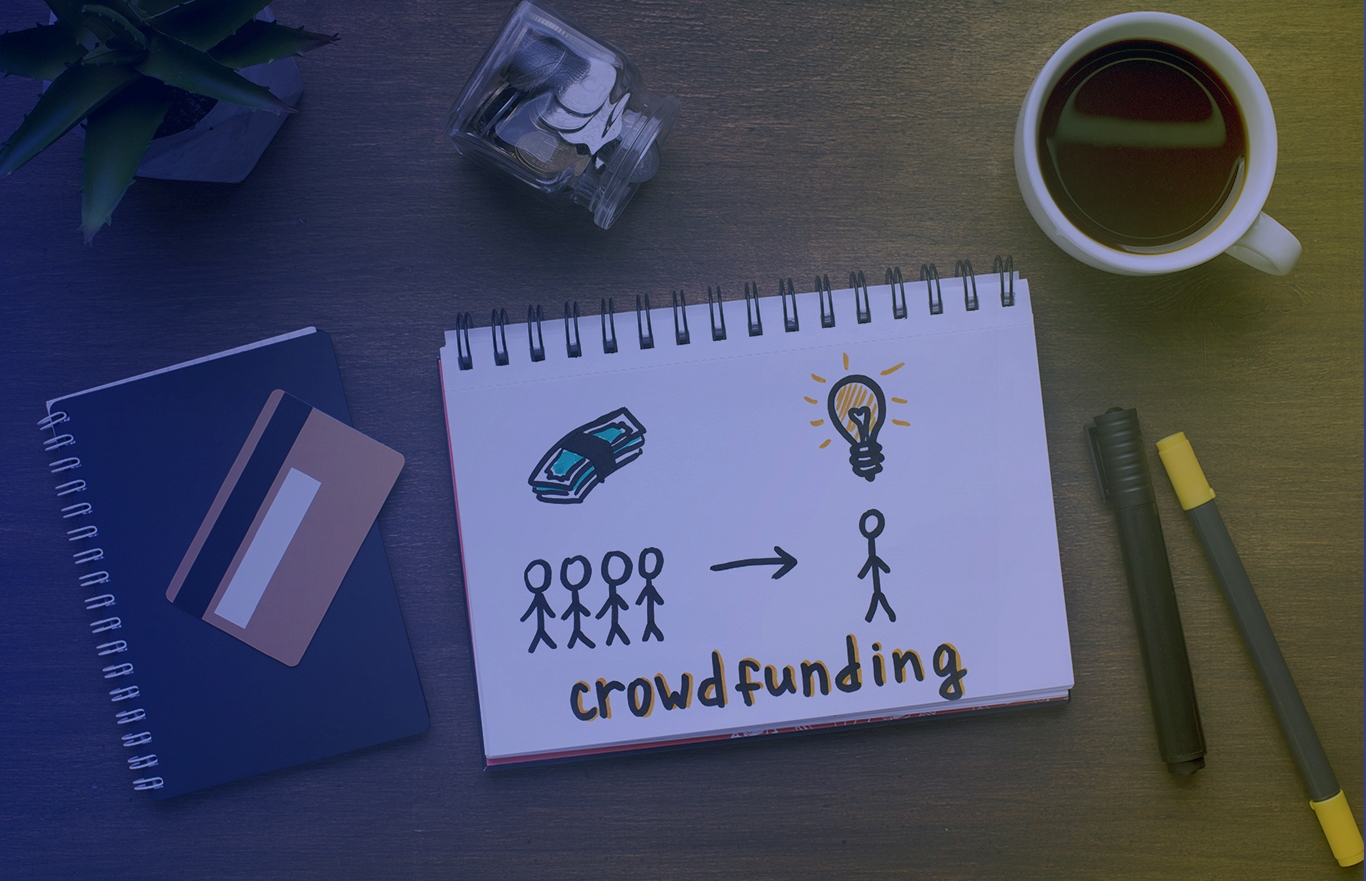Finding Your Funding Match
What lessons can be learned from funders who have piloted matched funding programmes?
What is matched crowdfunding?
Most people will have heard of crowdfunding – an opportunity for projects to be funded via small donations from a lot of people, ie ‘the crowd’. However, matched crowdfunding is still a fairly new concept within the funding landscape.
Over the past few years, some funders have experimented with using matched crowdfunding as part of their grant programmes – ‘matching’ their proposed grant with the amount a project has raised from crowdfunding.
Matched crowdfunding enables funders to ensure projects they fund have the support of their local communities.
Why are funders using crowdfunding?
Funders have been attracted to the matched crowdfunding framework for a variety of reasons such the ability to adopt a more light touch grant process, supporting local decision-making, and funding projects that might not qualify for their other funding streams.
In 2016, innovation foundation Nesta, in partnership with the Department for Digital, Culture, Media and Sport, Arts Council England and Heritage Lottery Fund, piloted a matched funding programme to fund arts and heritage projects.
On review of the programme, Nesta reported the following benefits from using the matched crowdfunding model:
Leveraging additional funds. The £251,500 in match funding provided by Arts Council England and Heritage Lottery Fund within the pilot helped leverage an additional £405,941 from the crowd of 4,970 backers.
Longer lasting impact. Benefits stretch beyond the short-term injection of funding. Of those who received funding through Nesta’s programme, 64% reported gaining more supporters for their project, while 62% felt more confident and empowered in their organisations or themselves.
Developing new skills. The pilot found that through their matched crowdfunding campaigns, more than two in three projects reported that running the campaign significantly improved their pitching and fundraising skills. There were also significant improvements in campaigning skills such as film creation (34%), image creation (30%) and media skills (25%).
Engaging with a new local audience. Matched crowdfunding opens up a new avenue for projects to connect with their local community and build new audiences. 41% of project supporters lived within 10 miles of where the project they supported is based and 64% of backers expected to visit/experience the project they supported in person. Only 9% of those who backed a project said they expected not to engage with or use it.
Challenges
Despite these numerous benefits, there are a number of challenges that crowdfunding produces.
In the review of their pilot programme, Nesta reported that nearly a third (29%) of those that answered a follow-up survey told them that the effort placed on crowdfunding was too great, in relation to the positive impacts experienced.
Implementing and running a successful campaign was also cited as a major problem, especially for smaller organisations who do not have the capacity to continuously promote their project to the public.
Other challenges include the shorter application forms and ‘light touch’ process meaning that funders have to make decisions on less information. Also, there are time implications to get a fund up and running using the crowdfunding platform’s functionality.
Nesta also presented some interesting feedback from a survey respondent who commented on the negative aspects of crowdfunding’s growing popularity, particularly frustrations of larger organisations using it as an alternative way to raise funds.
Recommendations
In the report The benefits & challenges of matched crowdfunding: Lessons learnt from Trust for London and City Bridge Trust’s Improving Life for Londoners fund recommendations were made to funders who wanted to participate in matched crowdfunding:
Experiment
In order for funders to reach their right audience, they should experiment with the several crowdfunding platforms on offer to find the one that meets their needs.
Patience
Funders should be aware that it will not necessarily be a fast process but if they can invest the time, it can deliver considerable benefits.
Matched crowdfunding as an option, not a replacement
The report noted that successful grantees of the fund welcomed the opportunity to access funding through a crowdfunding platform but highlighted the importance of traditional grant funding. They also emphasised the need for larger than 50% contributions from institutional funders to meet core costs and to make large and long term projects happen.
Offer crowdfunding support alongside a match fund
The report recommends that as the majority of grantees to their fund were totally new to crowdfunding, offering crowdfunding support was essential in helping the success of campaigns.
GRANTfinder provides up-to-the minute content, insight and analysis on funding news and policy. To find out more about how GRANTfinder can keep you in the know, and subscription fees, contact us today.






